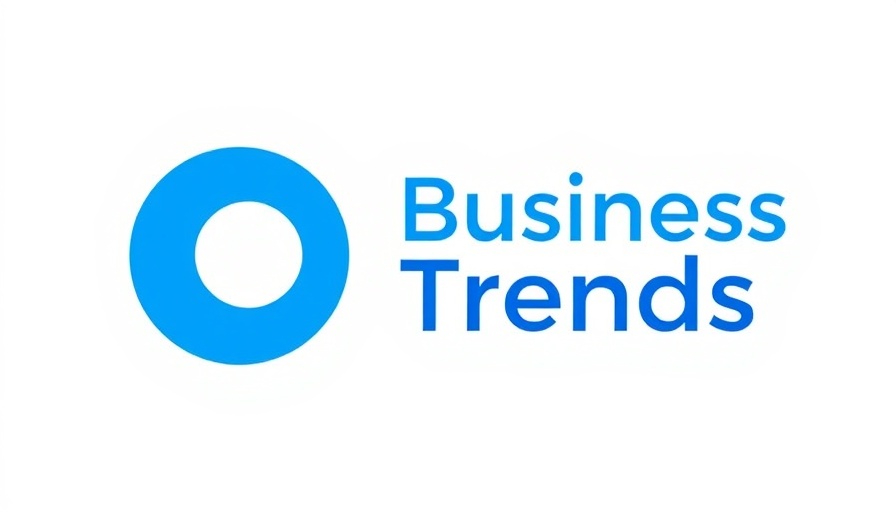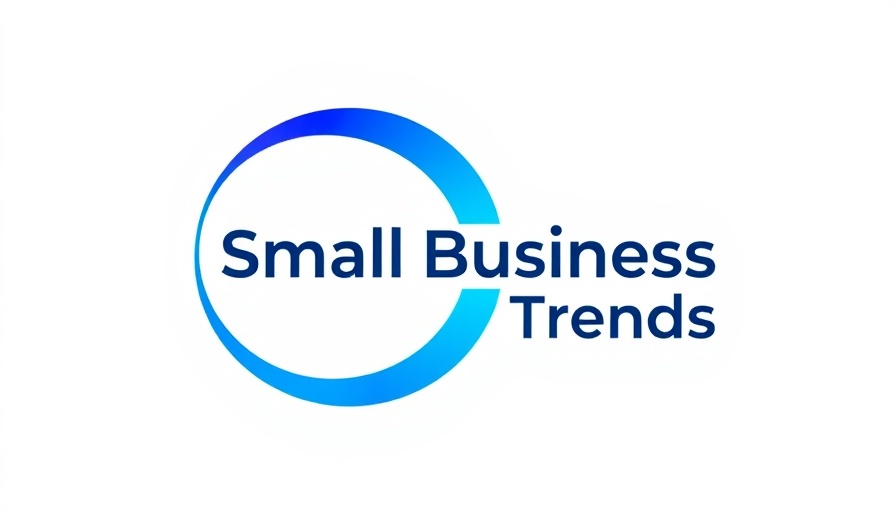
Zendesk Expands AI-Powered Voice Landscape
In a strategic move set to redefine customer service, Zendesk has announced its intention to acquire Local Measure, an Australia-based provider of Contact Center as a Service (CCaaS) solutions. This acquisition, slated to close in May 2025, is designed to enhance Zendesk's AI-powered voice capabilities and deepen its integration with Amazon Connect, AWS's cloud contact center solution. Tom Eggemeier, CEO of Zendesk, emphasized the importance of voice in customer and employee engagement, stating that effective management of this essential service requires adaptable and intelligent solutions.
Why Voice Technology Matters in Modern Service
Voice communication is not just a channel; it’s an experience that can make or break customer relationships. The capacity to manage high-volume interactions with sophisticated call routing and AI-powered automation straight away positions businesses for success in a competitive environment. As customers increasingly expect seamless interactions, Zendesk’s acquisition of Local Measure promises to deliver on those high expectations, merging robust technology with advanced customer service tactics.
Current Trends in AI and Customer Experience
This acquisition also aligns with broader trends in customer experience management, where businesses are leaning heavily on AI to create more personalized interactions. Zendesk has been actively increasing its investment in AI technologies to not just improve operations but also to meet the evolving demands of consumers. Incorporating Local Measure's capabilities can significantly enrich the platform's offerings, allowing for smarter, faster, and more efficient customer service solutions.
Partnership with AWS: A Game Changer
The acquisition will further bolster Zendesk’s existing partnership with Amazon Web Services. By integrating Local Measure’s technologies with the AI capabilities of Amazon Connect, Zendesk can create a more cohesive and scalable contact center solution that not only enhances customer interactions but also streamlines service operations for businesses of varying sizes. The strategic implications could shift the industry dynamics, positioning Zendesk as a leader in the next generation of AI-powered service.
Conclusion: A Fresh Solution for Businesses
As Zendesk prepares to integrate Local Measure’s expertise into its platform, industry observers will be watching closely. This acquisition not only represents a fresh alternative to legacy contact center providers but also paves the way for a more intelligent and responsive approach to customer service. Organizations looking to elevate their customer experience strategies should keep an eye on these developments, as they could signal innovative changes in the landscape of customer engagement.



Write A Comment